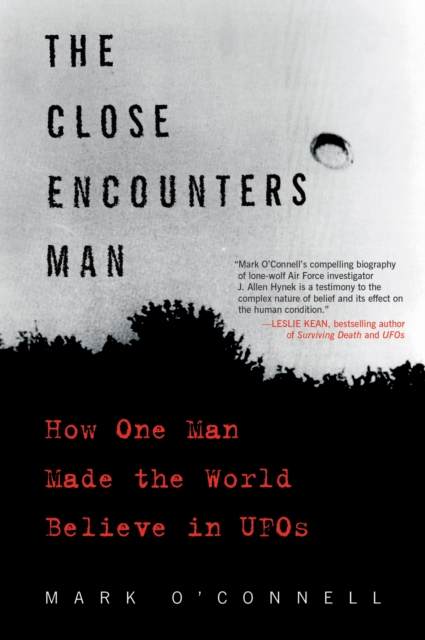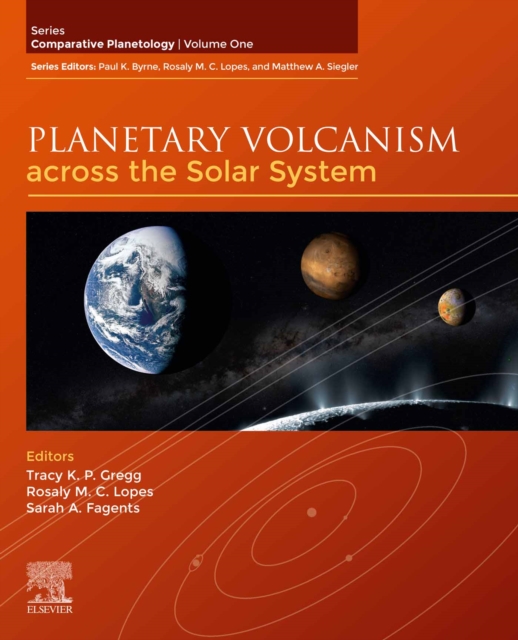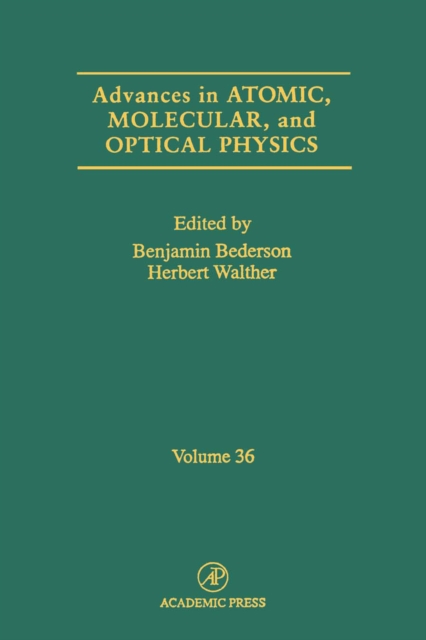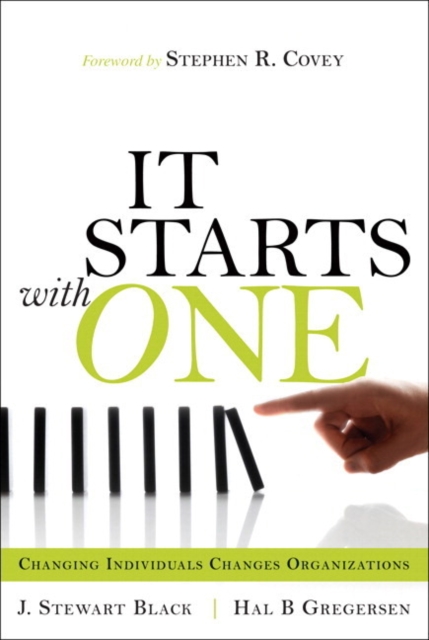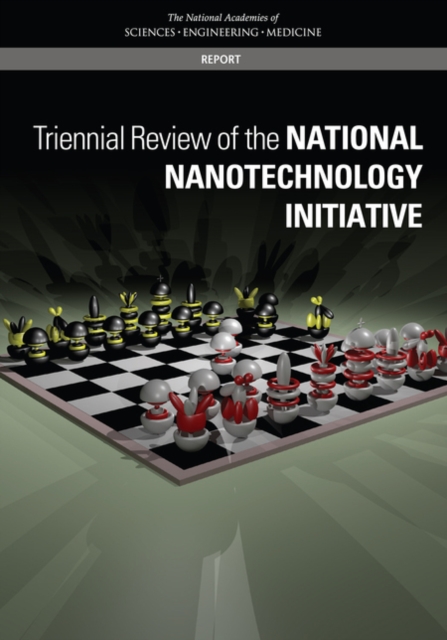Near Earth objects (NEOs) have the potential to cause significant damage on Earth. In December 2018, an asteroid exploded in the upper atmosphere over the Bering Sea (western Pacific Ocean) with the explosive force of nearly 10 times that of the Hiroshima bomb. While the frequency of NEO impacts rises in inverse proportion to their sizes, it is still critical to monitor NEO activity in order to prepare defenses for these rare but dangerous threats.Currently, NASA funds a network of ground-based telescopes and a single, soon-to-expire space-based asset to detect and track large asteroids that could cause major damage if they struck Earth. This asset is crucial to NEO tracking as thermal-infrared detection and tracking of asteroids can only be accomplished on a space-based platform.Finding Hazardous Asteroids Using Infrared and Visible Wavelength Telescopes explores the advantages and disadvantages of infrared (IR) technology and visible wavelength observations of NEOs. This report reviews the techniques that could be used to obtain NEO sizes from an infrared spectrum and delineate the associated errors in determining the size. It also evaluates the strengths and weaknesses of these techniques and recommends the most valid techniques that give reproducible results with quantifiable errors.
Get Finding Hazardous Asteroids Using Infrared and Visible Wavelength Telescopes by at the best price and quality guranteed only at Werezi Africa largest book ecommerce store. The book was published by and it has pages. Enjoy Shopping Best Offers & Deals on books Online from Werezi - Receive at your doorstep - Fast Delivery - Secure mode of Payment
Digital Rights Management (DRM)
The publisher has supplied this book in encrypted form, which means that you need to install free software in order to unlock and read it.
Required software
To read this ebook on a mobile device (phone or tablet) you'll need to install one of these free apps:
To download and read this eBook on a PC or Mac:
-
Adobe Digital Editions
(This is a free app specially developed for eBooks. It's not the same as Adobe Reader, which you probably already have on your computer.)
 Jacket, Women
Jacket, Women
 Woolend Jacket
Woolend Jacket
 Western denim
Western denim
 Mini Dresss
Mini Dresss
 Jacket, Women
Jacket, Women
 Woolend Jacket
Woolend Jacket
 Western denim
Western denim
 Mini Dresss
Mini Dresss
 Jacket, Women
Jacket, Women
 Woolend Jacket
Woolend Jacket
 Western denim
Western denim
 Mini Dresss
Mini Dresss
 Jacket, Women
Jacket, Women
 Woolend Jacket
Woolend Jacket
 Western denim
Western denim
 Mini Dresss
Mini Dresss
 Jacket, Women
Jacket, Women
 Woolend Jacket
Woolend Jacket
 Western denim
Western denim
 Mini Dresss
Mini Dresss






